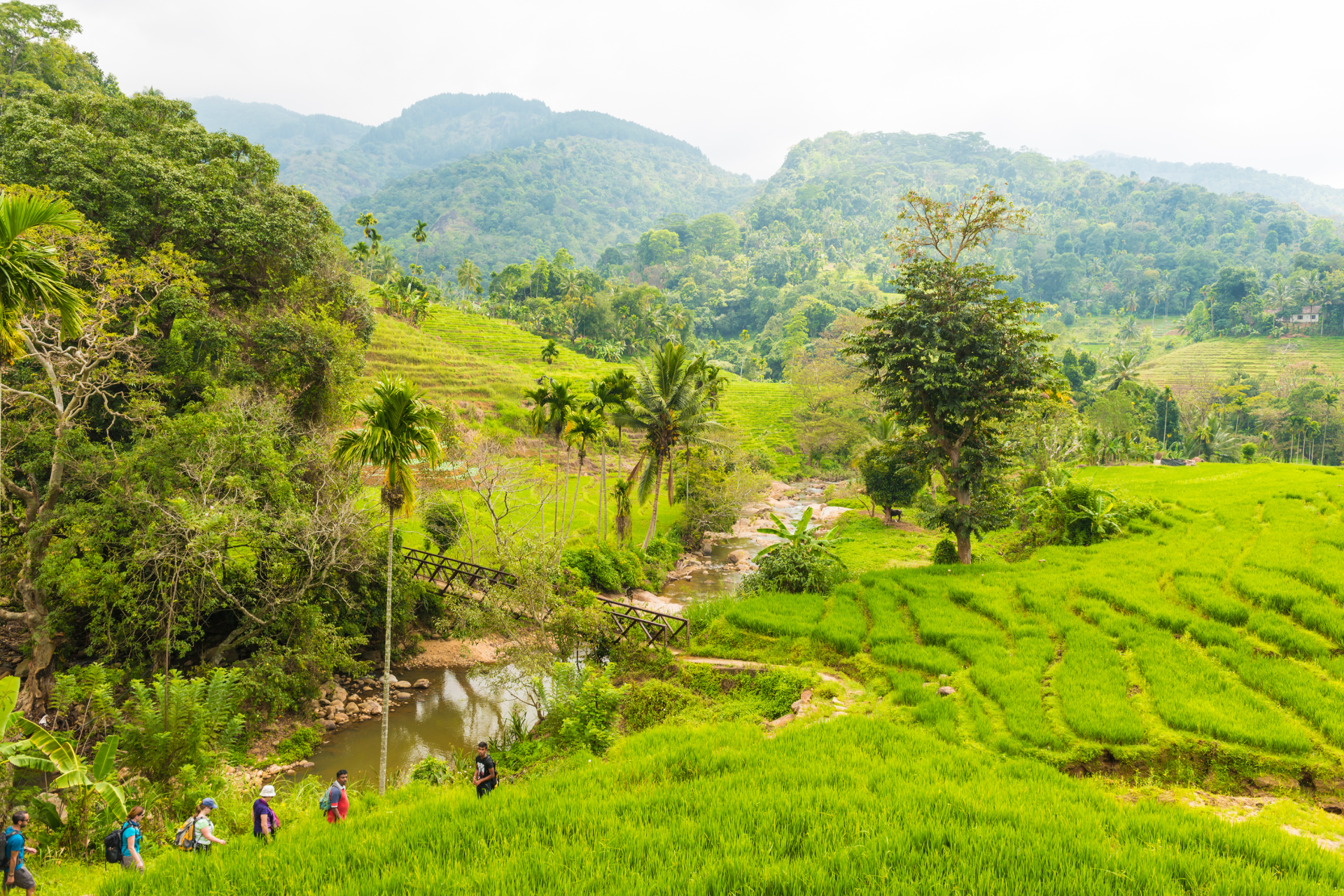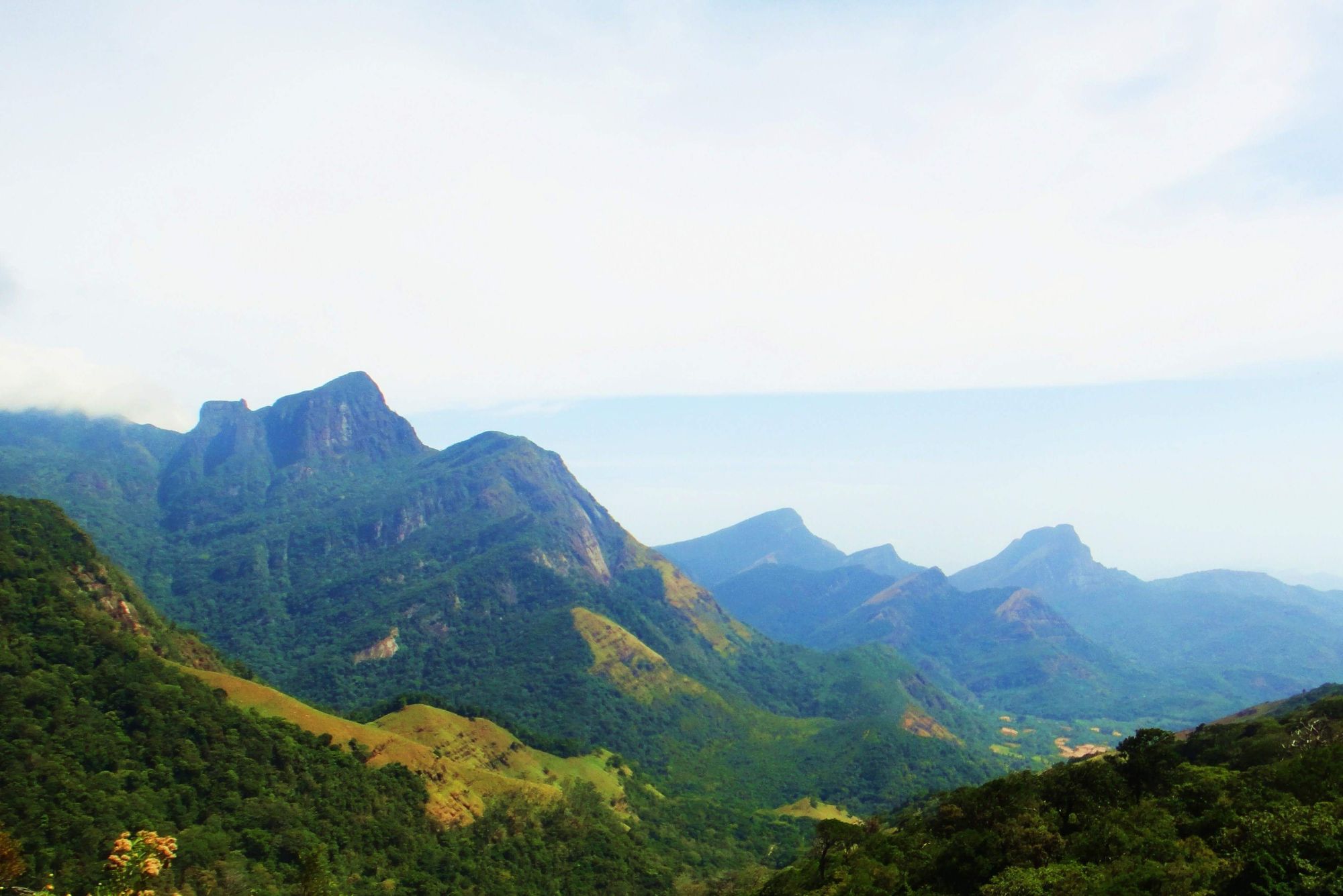
Knuckles Mountain Range
The Knuckles Mountain Range, one of the most intriguing natural landscapes in Sri Lanka, spans over 200 square kilometers and lies in the central part of the island nation. With altitudes ranging between 250 meters and 1,906 meters, this area contains a rich tapestry of micro-climates, vegetation, and wildlife.
Also known as the "Dumbara Kanduwetiya", the mountain range gets its English name from its resemblance to the knuckles of a human fist. Adventure seekers, researchers, and nature lovers find this place to be an unparalleled haven for many activities, including hiking, birdwatching, and photography.
This travel guide will provide a comprehensive look into what the Knuckles Mountain Range offers.
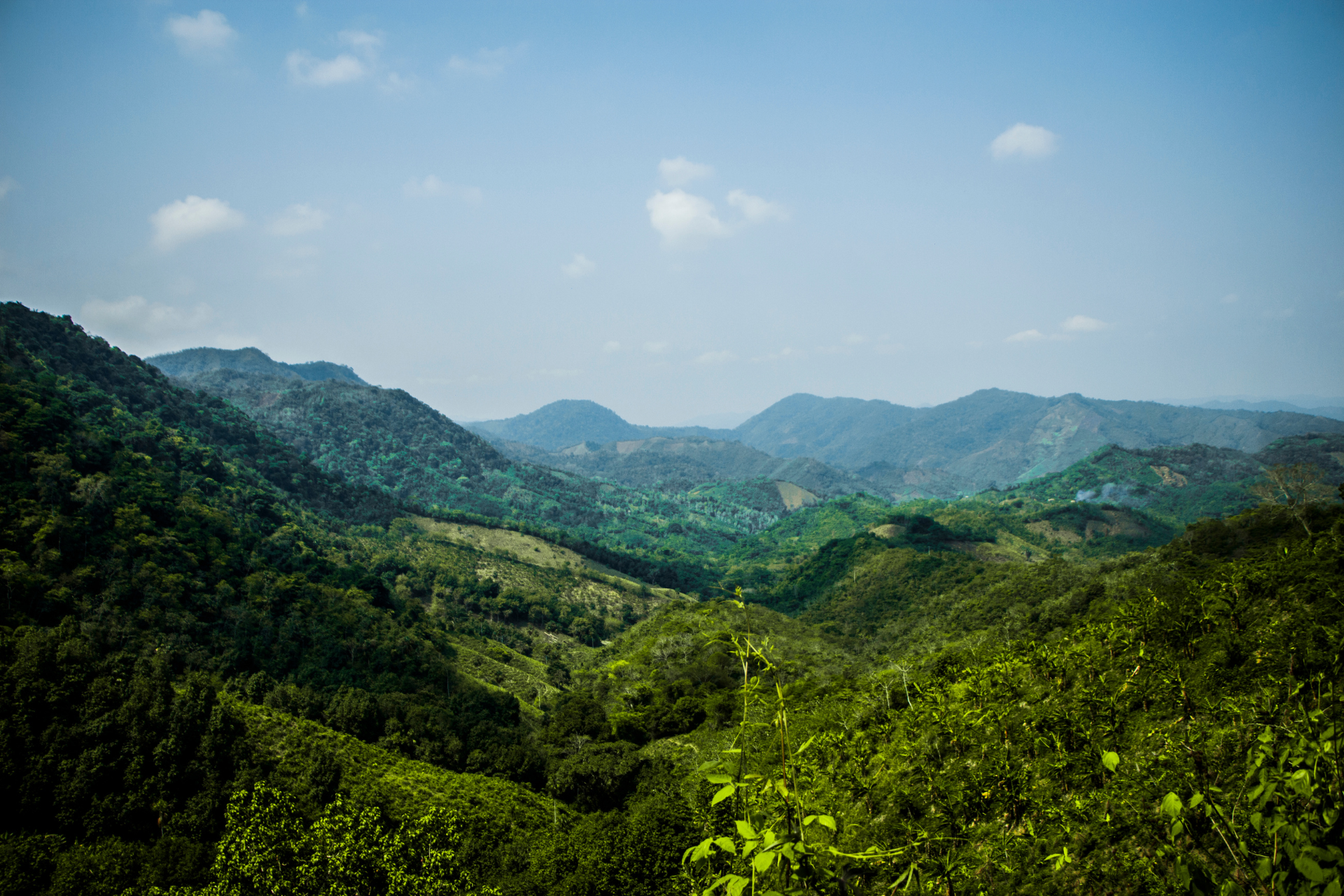
Significance of the Knuckles Mountain Range
Geological Importance
With 34 peaks and 9 of those peaks reaching over 1200m in height, the Knuckles Mountain Range is a remarkable geological formation that has drawn the attention of scientists and researchers from around the world.
Mainly composed of hard metamorphic rocks like granite and quartzite, this area is unique due to its weathering patterns that have evolved over millions of years. The range exhibits a variety of formations, including ridges, plateaus, and valleys, each with its own characteristics.
The highest peak, Gombaniya, with an elevation of 1,906 meters above sea level, is a focal point for geological studies. It provides valuable insights into the geological history of Sri Lanka and the Indian subcontinent.
Soil samples from the peak have also helped researchers understand climatic changes in the region. These factors make the Knuckles Mountain Range an invaluable site for geological research.
Ecological Significance
Designated as a UNESCO World Heritage Site, the Knuckles Mountain Range is a vital ecological zone with unparalleled biodiversity. Astonishingly, 34% of the flora found in this area are endemic to Sri Lanka. These include plants and numerous species of fungi, lichens, and mosses, creating a complex ecosystem.
This region is also significant for its role as a catchment area for several important rivers in Sri Lanka, including the Heen, Hulu, and Kalu rivers. These rivers support the flora and fauna within the mountain range and serve as essential water sources for human settlements and agricultural lands.
Also, the different micro-climates in the range create unique habitats for flora and fauna. For instance, the montane cloud forests provide an entirely different ecological environment compared to the lowland areas, enriching the overall biodiversity of the region.
Cultural Significance
The Knuckles Mountain Range has long been a part of the local cultural narrative. Indigenous communities have lived here for centuries, practicing sustainable agriculture and traditional medicine using native plants. Many ancient villages and terraced fields are present throughout the range, adding to its cultural importance.
Trails of the Knuckles Mountain Range
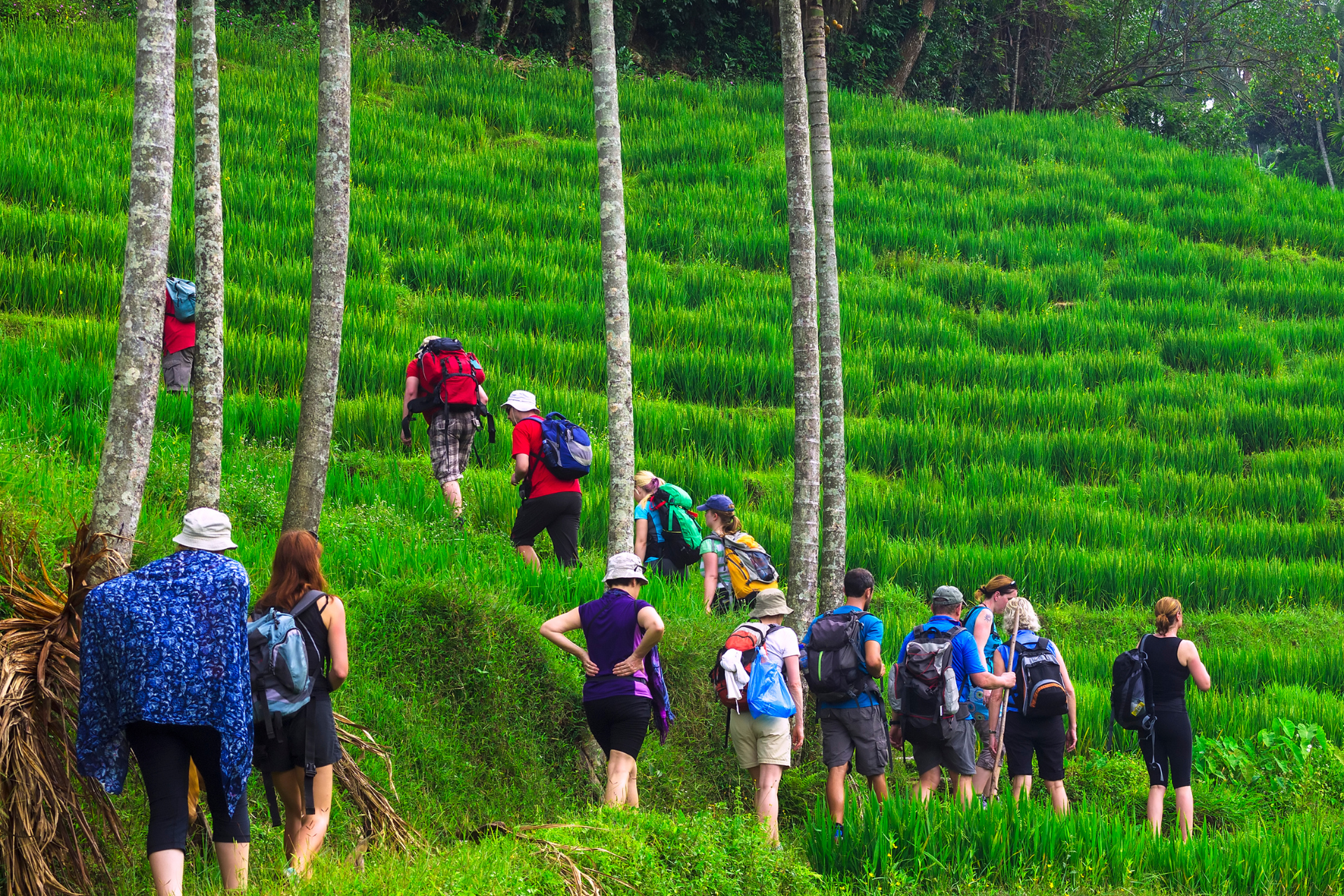
Hikers looking to explore the Knuckles Mountain Range have an array of options divided between two main regions: the Kandy Division and the Matale Division. Each area has its own set of unique trails, officially designated by the Sri Lanka Forest Department. Below are the main trails in each division.
Trails in the Kandy Division
- Deanston-Mini World's End (2 km): This is a beginner-friendly trail with well-marked paths and moderate slopes. One of the main attractions is the Deanston Mini World's End viewpoint, which provides a broad look at the surrounding landscapes leading up to a dramatic cliff edge. It's an excellent spot for a short photo session and to absorb the natural beauty of the area.
- Dothulugala Trail: For those looking for a moderate challenge and more time in nature, this 4-km trail is a good option. It features varying terrains, including forest paths and occasional rocky patches. It's a good route for those interested in bird-watching and plant identification.
- Nitro Caves Trail: This is a specialized trail targeting more seasoned hikers. The trek leads to the Nitro Caves, a geological site of interest. The path traverses through 4km of diverse terrains, including woodlands and rocky areas.
- Allugallena Trail: A longer trail stretching 8km. It's a fascinating route, combining natural beauty with historical significance as it leads to the Allugallena Cave, where prehistoric human activity has been documented.
- Knuckles Summit Peak: A challenging 14-km trail that leads to the highest peak in the Knuckles Range, starting from Bambaraella. It is a trail for experienced hikers and offers a broad range of terrain.
Trails in the Matale Division
- Pitawala Pathana-Mini World's End: This short trail is less than 1km and offers a quick but delightful glimpse of the scenic beauty that the Knuckles Mountain Range has to offer. The highlight is a mini "World's End" viewpoint, offering a dramatic vista of the surrounding area. Pitawala Pathana and its Mini World's End is also a spectacular area with majestic views of the surroundings. Read more about Pitawala Pathana.
- Illukumbura-Kosgaswela: A shorter hike of 3km, perfect for beginners or those with time constraints. The trail covers forested terrain and offers occasional stream crossings.
- Kahagala-Pottewela-Sera Ella: This 4km long trail is particularly appealing for water enthusiasts as it leads to the Sera Ella waterfall. This natural wonder adds a refreshing touch to the trek, and it's a popular choice for those looking to combine hiking with a bit of fun in the water.
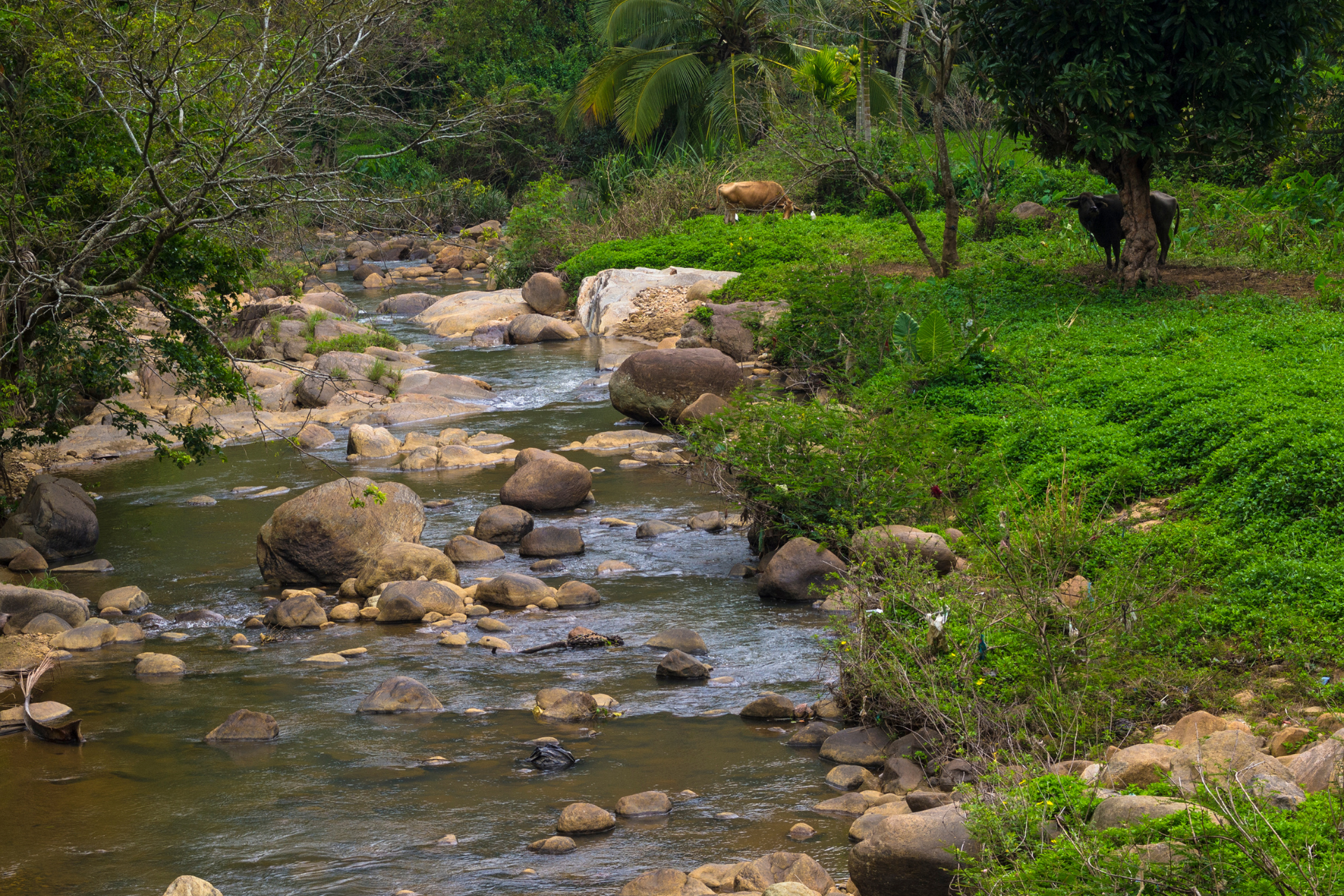
Flora and Fauna
Flora
The plant life in the Knuckles Range is exceptionally rich and diverse, owing mainly to its different types of forests. From lowland rainforests to montane cloud forests, each zone has its own unique set of plants.
You can find over 1,000 different kinds of plants here, making it a fascinating place for anyone interested in botany or simply enjoying nature.
Medicinal herbs are another remarkable feature of the local flora. These plants have been used in traditional Sri Lankan medicine for centuries and are still harvested by local communities.
Fauna
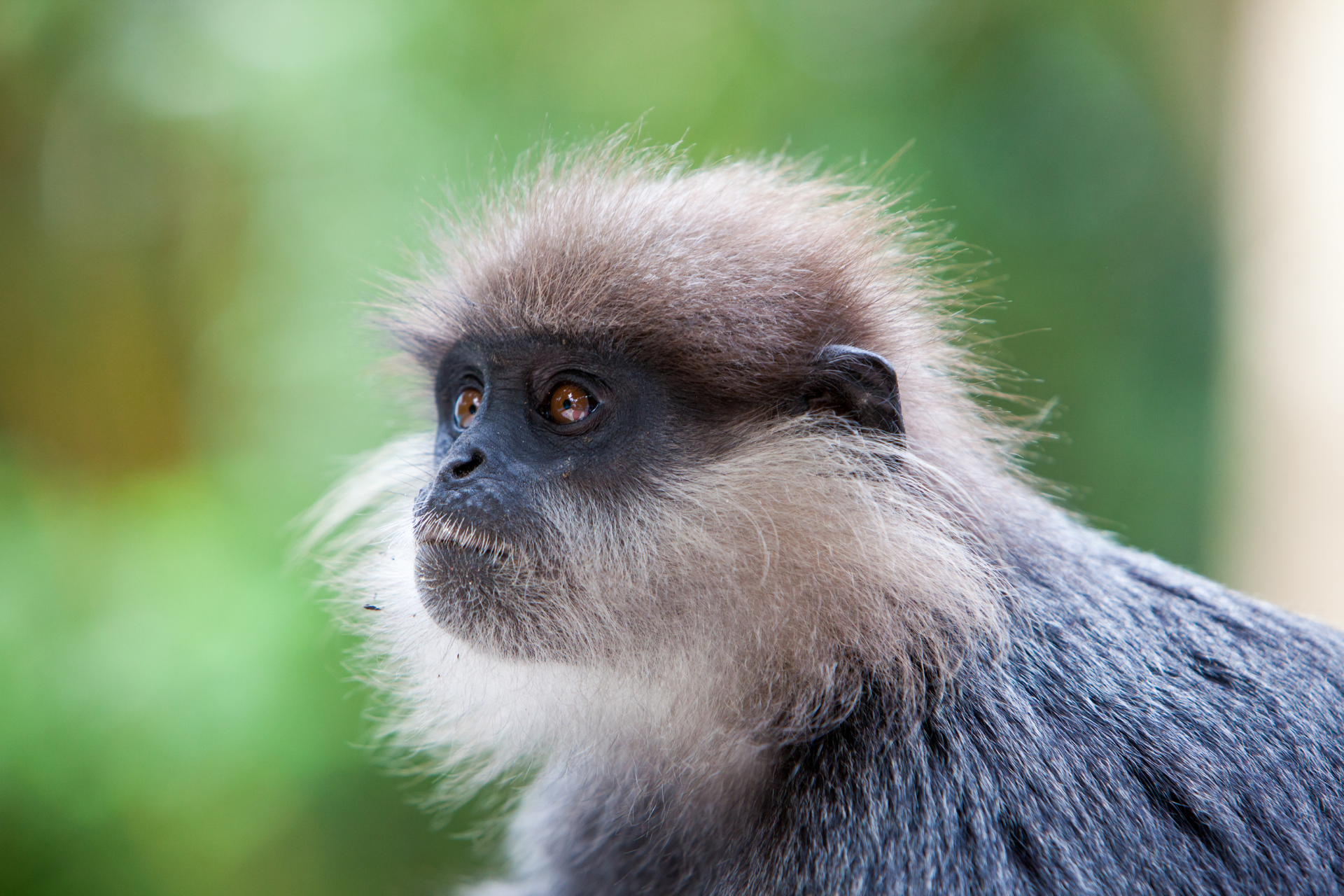
The Knuckles Mountain Range is abundant with animal life thanks to its variety of habitats. You can encounter wild boars and purple-faced langurs quite commonly. For the luckier visitors, there's a slim chance to spot the elusive Sri Lankan leopard, which tends to stay hidden but is present in the region.
Birdwatchers will find the area especially rewarding, as it is home to over 130 different bird species. Notable among these are the Sri Lanka spurfowl, Sri Lankan Layard's Parakeet, and the Sri Lanka hanging parrot, both of which are native to this region. The birdlife varies depending on the altitude.
The Knuckles Range is also rich in other kinds of wildlife, like amphibians and reptiles. From various types of frogs to unique species of lizards, these animals add another layer of diversity to the region.
What to Pack
- Sturdy Footwear: Good hiking boots are essential for walking through rocky terrain. Make sure they are waterproof and offer ankle support.
- Waterproof Gear: Being prepared for rain is essential, so bring raincoats, waterproof bags, and protective cases for electronics.
- Food: Take along high-energy food like energy bars, dried fruits, nuts, and some sandwiches.
- First Aid Kit: Be sure to bring a small kit with essentials to treat any scratches, wounds, or other injuries.
How to Get There
To get to the Knuckles Mountain Range, the nearest point of reference is Kandy. Public buses and taxis are available from Kandy to take you to the starting points of different trails. Public transportation is limited in terms of frequency and stops, so many people opt for private vehicles or rentals.
You can also go from Riverston and enter through Pitawala Pathana, which is the Northern entrance to the mountain range.
Best Time to Visit
The optimal time to visit is from February to September. During these months, the weather is favorable for hiking, and the paths are less muddy, making it easier to trek.
Where to Stay in Knuckles
Camping: For those who love being close to nature, camping is the most immersive accommodation option. Designated camping sites along the trails provide basic amenities.
Guest Houses: Local guest houses offer more comfort than camping and are ideal for short stays. They generally provide home-cooked meals and basic facilities.
Hotels: While you won't find large chain hotels within the range, boutique hotels on the outskirts provide a comfortable stay with more amenities.
Tips and Advice
- Inform Someone of Your Plans: Be sure to let someone know about your trekking plans and the trail you intend to take.
- Mobile Phones: Ensure your phone is fully charged and has emergency numbers saved.
- Hiring a Guide: We highly recommend that you hire a local guide. They can provide valuable information about the terrain, flora, and fauna and also ensure you're taking the safest routes.
- Preserve the Environment: Take only photographs, leave only footprints. Follow all guidelines and signs to protect this unique ecosystem.
Nearby Attractions
1. Riverston: About an hour's drive from the Knuckles Range, Riverston offers additional hiking trails, grasslands, and unique cloud forests.
2. Wasgamuwa National Park: This park is around two hours away and is another excellent location for wildlife spotting, particularly for elephants and various species of birds.
3. Kandy: The cultural capital of Sri Lanka offers many attractions like the Temple of the Tooth, cultural events, and the Royal Botanic Gardens, making it a perfect place to explore before or after your Knuckles adventure. Find out more about the top things to do in Kandy.
4. Meemure Village: Just a few kilometers from the Knuckles Range, Meemure Village offers a glimpse into traditional Sri Lankan life. This secluded village is perfect for travelers interested in local culture and customs. The village is also surrounded by mountains and streams and known for its scenic beauty.
The Knuckles Mountain Range is a destination that promises a rewarding blend of adventure, natural beauty, and serene escapes. From thrilling hikes that reveal breathtaking views to the unique flora and fauna that make this a biodiversity hotspot, the area offers experiences that will delight your senses and replenish your spirit. So make sure to visit this captivating mountain range when traveling in Sri Lanka.
